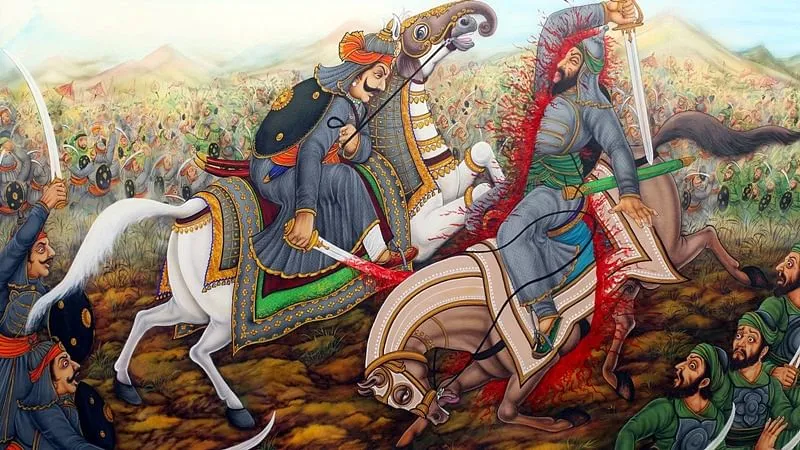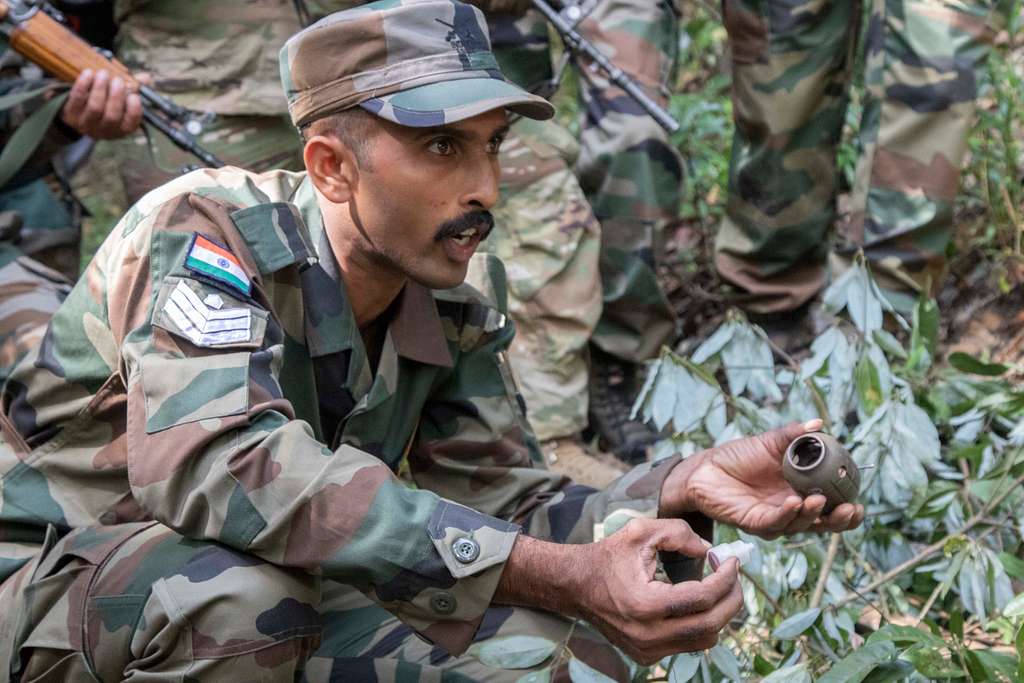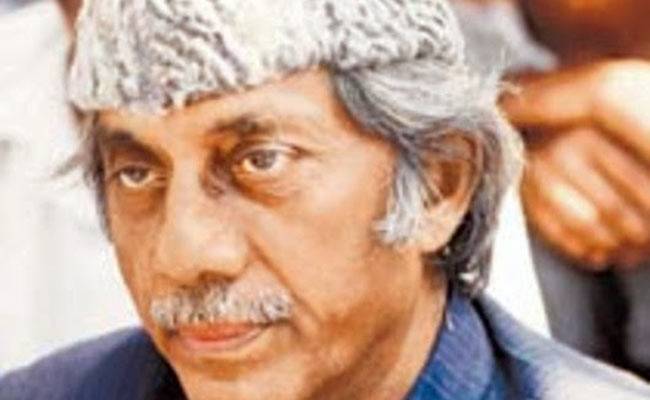The Battle of Haldighati was a significant confrontation that took place on June 18, 1576, near the village of Haldighati in present-day Rajasthan, India. It was fought between the forces of the Mughal Emperor Akbar, led by Man Singh I of Amber, and the forces of Maharana Pratap Singh I of Mewar.
- Context: The conflict arose from the ongoing struggle between the Mughal Empire, which was expanding its influence in North India, and the Rajput kingdoms, which sought to maintain their autonomy.
- Forces: The Mughal army, consisting of infantry, cavalry, and artillery, was led by Man Singh I, a Rajput noble who had allied with Akbar. Maharana Pratap led the forces of Mewar, which included Rajput warriors known for their valor and skill in warfare.
- Terrain: The battle took place in the narrow mountain pass of Haldighati, which offered strategic advantages to the defending forces by restricting the mobility of the larger Mughal army.
- Outcome: Despite the bravery and resilience of Maharana Pratap’s forces, they were ultimately unable to withstand the superior numbers and military tactics of the Mughal army. Maharana Pratap narrowly escaped capture, and although he continued to resist Mughal rule, the Battle of Haldighati marked a significant setback for the kingdom of Mewar.
- Legacy: The Battle of Haldighati is remembered as a symbol of Rajput valor and resistance against foreign invaders. Maharana Pratap’s refusal to submit to Mughal authority and his determination to defend his kingdom have made him a revered figure in Indian history and culture.






